First impressions matter, especially in the competitive global talent market. For businesses navigating the complexities of remote work, mastering the art of onboarding is crucial. With a structured approach, companies can not only retain top talent but also enhance engagement, productivity, and overall employee satisfaction.
3 Key Benefits of a Well-Structured Onboarding Program:
- Employee Engagement:
A robust onboarding program instills confidence in new hires, fostering immediate engagement. Building connections with managers and colleagues is essential for cultivating committed employees. - Increased Productivity:
Clear role understanding and aligned expectations empower new employees to contribute meaningfully from day one. A structured onboarding process accelerates the integration of remote hires into productive team members. - Improved Retention:
Providing a positive, supportive onboarding experience contributes to employee satisfaction and longevity within the organization. A valued remote employee is less likely to seek opportunities elsewhere.
Best Practices for Onboarding Remote Talent:
- Create a Uniform Onboarding Process:
Develop an organized, step-by-step guide for onboarding remote employees. A standardized approach ensures consistency, preventing missed steps, and delivering a seamless onboarding experience. - Ensure Legal Compliance:
Navigate the legal complexities of onboarding global talent by staying compliant with local labor laws. Legal experts can be instrumental in tailoring the onboarding process to meet specific regulations in each employee’s location. - Use Technology Efficiently:
Leverage technology to enhance efficiency throughout the remote onboarding process. Chatbots provide instant language-specific support, secure digital apps facilitate virtual document signings, and online education software aids in remote training. - Collect Feedback from Remote Staff:
New hires provide valuable insights into the onboarding process. Solicit feedback on their choice of the company, their perceptions, and overall experiences. This information guides continuous improvement and strengthens bonds with the remote team.
In the global job market, a positive first impression is essential. When onboarding remote talent across borders, a clear, compliant process, strategic use of technology, and feedback collection are paramount. A well-executed onboarding strategy not only ensures happier employees and better outcomes but also significantly boosts retention rates. Mastering the art of onboarding remote workers isn’t just a task; it’s a game-changing strategy for long-term success.

